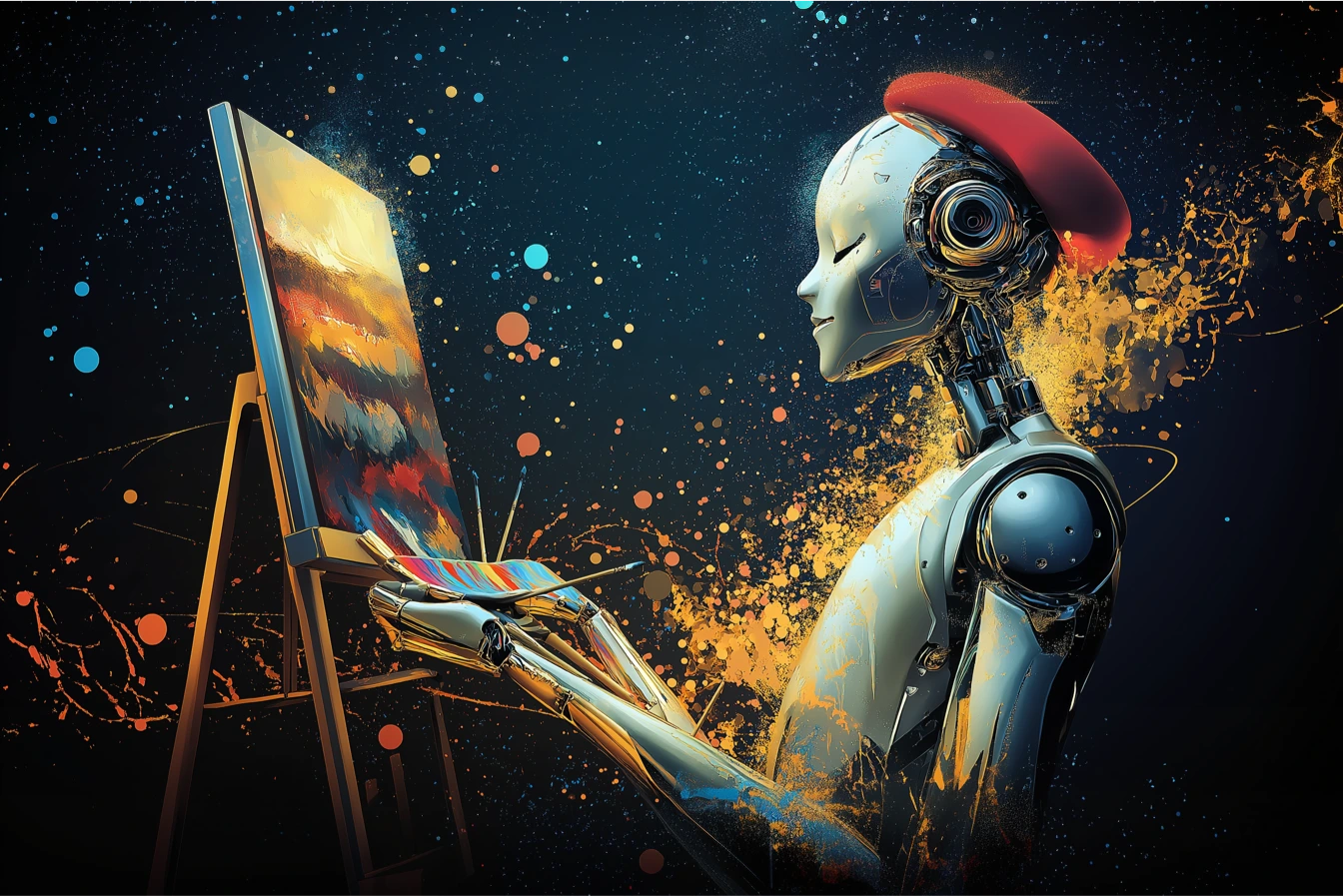In today’s digital age, the use of AI-assisted color palettes is revolutionizing the way designers and artists approach their craft. With the advancement of technology, artificial intelligence is now capable of generating color palettes that are not only aesthetically pleasing but also tailored to meet specific design needs. This transformative tool is becoming a staple for digital creators, offering a new level of creativity and efficiency in design projects.
As the demand for unique and personalized designs grows, the role of AI-assisted color palettes becomes even more significant. These tools are not only about selecting colors; they are about understanding the psychology of color and how it impacts user engagement and perception. In this article, we will explore how AI is changing the landscape of color selection and the benefits it brings to the table for digital creators.

Understanding AI in Color Selection
Artificial intelligence in color selection involves algorithms that analyze trends, preferences, and historical data to suggest optimal color combinations. These AI systems can process vast amounts of data much faster than any human, providing designers with insights that would otherwise be inaccessible.
The Science of Color Psychology
AI-assisted color palettes take into account color psychologythe study of hues as a determinant of human behavior. This means AI can help designers choose colors that evoke specific emotions or reactions, enhancing the effectiveness of the design.
Machine Learning and Color Trends
Machine learning algorithms can predict emerging color trends by analyzing current fashion, art, and interior design trends. This predictive capability enables designers to be ahead of the curve, incorporating trending colors into their projects early on.
Benefits of Using AI-assisted Color Palettes
Integrating AI-assisted color palettes into the design process offers numerous advantages:
Efficiency and Speed
AI tools drastically reduce the time spent on choosing colors by providing instant suggestions that align with the project’s objectives. This efficiency allows designers to focus more on the creative aspects of their work.
Personalization and Customization
AI can analyze personal preferences and project requirements to generate customized color palettes. This level of personalization ensures that the final design is both unique and aligned with the brand’s identity.
Enhanced Creativity
By offering unexpected color combinations, AI tools can inspire designers to explore new creative directions that they might not have considered on their own.
Applications in Various Design Fields
The impact of AI-assisted color palettes extends across various fields such as graphic design, web design, and fashion. Each field benefits uniquely from the precision and creativity AI offers.
Graphic Design
In graphic design, AI tools help in maintaining brand consistency while experimenting with new aesthetics. They ensure that all visual elements align with the brands color scheme.
Web Design
For web designers, AI can optimize user experience by selecting colors that enhance readability and navigation. This application ensures that websites are both functional and visually appealing.
Fashion Design
AI’s ability to forecast trends is particularly valuable in fashion design, where staying ahead of trends is crucial for success. AI tools can suggest fabric colors that will be in vogue in the coming seasons.
Challenges and Considerations
While the benefits are substantial, there are challenges to consider when using AI-assisted color palettes. Designers must remain critical of AI-generated suggestions and ensure they align with their vision and the client’s expectations.
Over-reliance on Technology
There’s a risk of over-relying on AI, which can stifle creativity. Designers should use AI as a tool to enhance their work, not replace their creative instincts.
Data Privacy Concerns
The use of AI involves data processing, which can raise privacy concerns. Designers should be aware of how their data is used and ensure compliance with privacy regulations.
The Future of AI in Design
The integration of AI in color palette selection is just the beginning. As technology advances, we can expect even more sophisticated tools that offer deeper insights and more precise color matching. The future of AI in design promises to be exciting, with endless possibilities for innovation.
Interactive and Real-time Adjustments
Future AI tools may offer real-time adjustments that allow designers to see immediate impacts of color changes, improving the design process’s interactivity and responsiveness.
AI and Human Collaboration
The collaboration between AI and human designers will likely become more seamless, with AI handling complex data analysis and humans focusing on creative and strategic decisions.
Conclusion
In conclusion, AI-assisted color palettes are transforming the world of design by providing tools that enhance creativity, efficiency, and personalization. As digital creators continue to embrace these technologies, the landscape of design is set to become more dynamic and innovative than ever before.

FAQs
How do AI-assisted color palettes work?
AI-assisted color palettes use algorithms to analyze data and suggest color combinations that fit specific design criteria. These tools consider factors such as color psychology, trends, and user preferences.
Can AI replace human designers?
AI is a tool that complements human creativity rather than replacing it. While it can handle data-driven tasks, human intuition and creativity remain essential in the design process.
Are there any limitations to using AI in design?
Yes, the limitations include potential over-reliance on AI, data privacy concerns, and the need for human oversight to ensure that AI suggestions align with the design vision.
For more insights on AI in graphic design, visit AI for Graphic Design and explore advanced tools that are shaping the future of design.
Discover more about AI’s impact on design by checking out Future of AI in Graphic Design.







